This is not my first blog post on research statements (this one on research statements and research trajectories and this other on research pipelines, research trajectories and research programmes are quite related), but this is perhaps the first time I write about and address the Research Statement as a key component of job applications for tenure-track or post-doctoral positions. We all know how angry and upset I feel about the dismal state of the academic job market(s). However, let us assume that you still want to apply for tenure-track (TT) jobs. I do have some experience applying for (and landing) TT jobs, as well as chairing search committees for these positions. I have also sat on search committees, and have read hundreds of applications. These are thus a few pointers that I think might help potential applicants write their statements.
We all know the huge role that luck, connections, institutional “pedigree” and other factors play, but for purposes of helping those who want to apply, some ideas that you all may want to consider in crafting your Research Statements. This blog post started as a Twitter thread so I’ve pulled from there too.
One way to write your research statement is to follow a similar model to the blog post I wrote here https://t.co/A3FaGQkeCU
DO NOTE: In this post, I wrote about writing a Research Statement and crafting a Research Trajectory. This was not by chance. There’s a logic to this.
Dr Raul Pacheco-Vega (@raulpacheco) July 25, 2020
Personally, I think that when departments and universities hire you, they want to see how you develop your work through time. In that sense, the Research Statement that you arrive with (at the time of application) is STATIC. You present a SNAPSHOT of what you’ve done so far.
In my personal view (please don’t take my suggestions as dogma or guidelines!), I think that there is value in developing both a Research Statement and a Research Trajectory (this one is worth considering in both ex-ante and ex-post modes)
A Research Trajectory can one (or both) of two things:
1) it can present a narrative in timeline form of how your thinking has evolved.
2) it can present your Research Plan for the next 5-6 years (pandemics and life will obviously derail that plan!)
So what I have done with my own Research Statements is to present how my research interests have evolved through time. In that sense, my Research Statement is a STATIC snapshot at a certain point in time (at the time of writing, of course!) of how my different research strands have evolved through time (that is, of my Research Trajectory). Below is an example of how I have done self-reflection about my own Research Statement.
Last year I was invited to participate in a global workshop of a few selected scholars on the future of environmental policy, which surprised a couple of people. Well, here’s the thing: at the beginning of my career, I *was* a specialist in environmental policy instruments.
Now, my own thinking about the importance, value, structure and content of the Research Plan, Research Trajectory, Research Pipeline and Research Statement has evolved (most recent iteration can be found here https://t.co/nNMDnKa3Gm)
What must be clear from my blog is that…
Dr Raul Pacheco-Vega (@raulpacheco) July 25, 2020
… to observe and read many Research Statements (or research narratives, as you may want to call them), but I recently came across @paullagunes‘ revamped website, and I really, really liked how he narrates his work https://t.co/dWdYJbHjvT
Paul explains his projects through time
Dr Raul Pacheco-Vega (@raulpacheco) July 25, 2020
Paul also explains very well how his work contributes to theoretical debates and the empirical literature. Paul is an excellent writer and you may consider reading through his website and published work to see how he crafts his narratives.
If people want to learn more about how to craft a Research Statement, I think one strategy would be to poke around and read the “Research” pages of various scholars’ websites to find patterns. That is how I have learned much of what I now write about, by looking at many scholars’ strategies, distilling them and adapting them into something that works FOR ME.
I said I had two pieces of advice. But in reality, I think it’s just that one: for me, a Research Statement of a candidate tells me what they’ve done, if/where it is published or under review, and how those pieces of work fit a coherent, cohesive narrative of their research.
As someone with interdisciplinary training who continues to do interdisciplinary work, I often struggle when people want to categorize me (am I a geographer, a political scientist, a public administration scholar, a sociologist?). Truth be told, the way I have made peace with this challenge of being interdisciplinary when being in disciplinary departments (who say they want interdisciplinarity but judge you by their disciplinary norms) is to show how my work speaks to the debates of their discipline.
Also, my work (though it cuts through different disciplines and methods), is centred around ONE key question that has puzzled me my entire life: what drives agents to cooperate and collaborate??
Studying collaborative behaviour has led me to write on environmental activism and transnational coalitions.
And yes, I study cooperation and collaboration, but often times there are factors that preclude these and lead to disputes, which is why I ALSO study protests, activist mobilization and conflict: https://t.co/cwOJ6mkrcO
Studying water conflict has led me to study this resource.
Dr Raul Pacheco-Vega (@raulpacheco) July 25, 2020
… the study of cooperation and conflict for the governance of orthodox and unorthodox commons (or common pool resources).
Anyhow, just my two cents in hopes this thread may help those crafting their research statements.
</end thread>
Dr Raul Pacheco-Vega (@raulpacheco) July 25, 2020

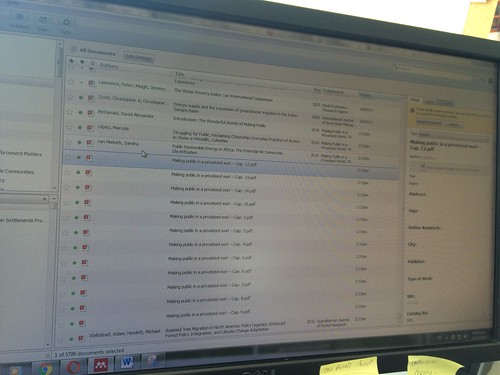
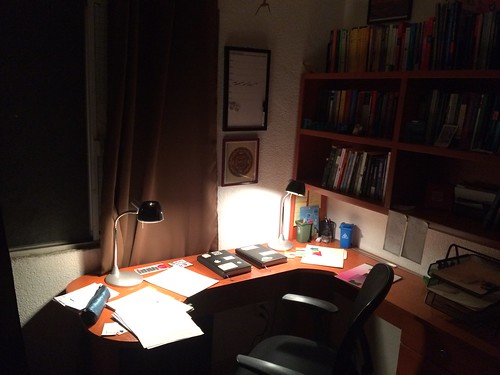
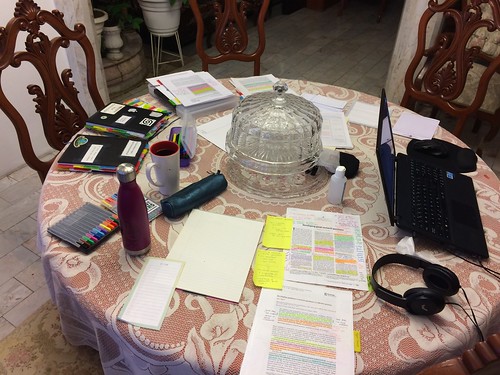
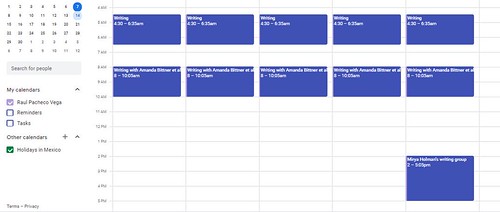
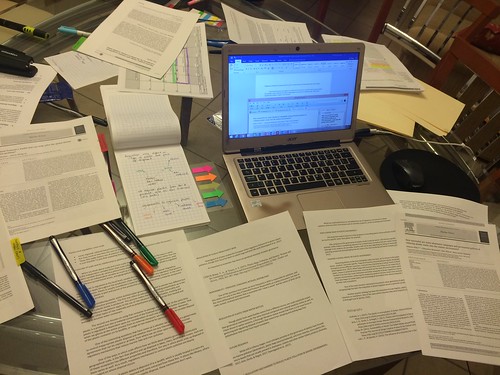




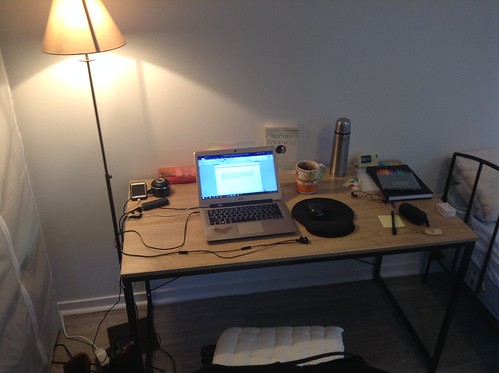

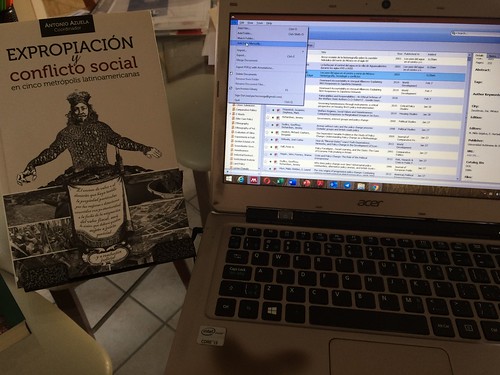




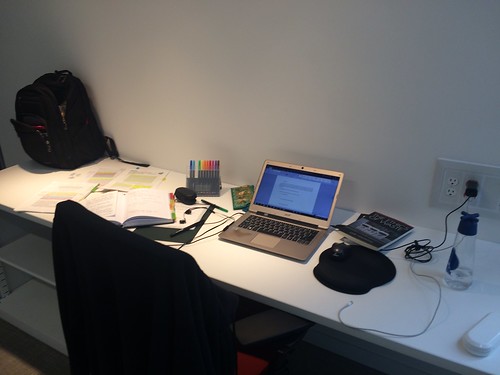







Recent Comments